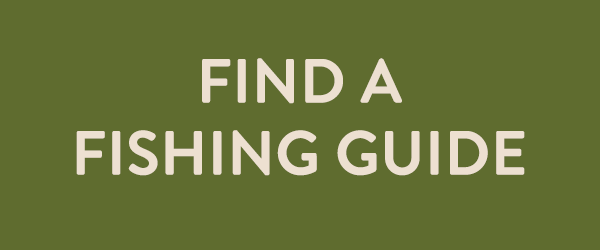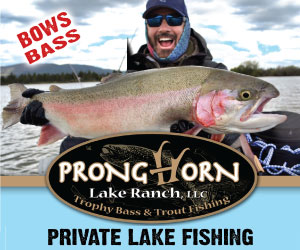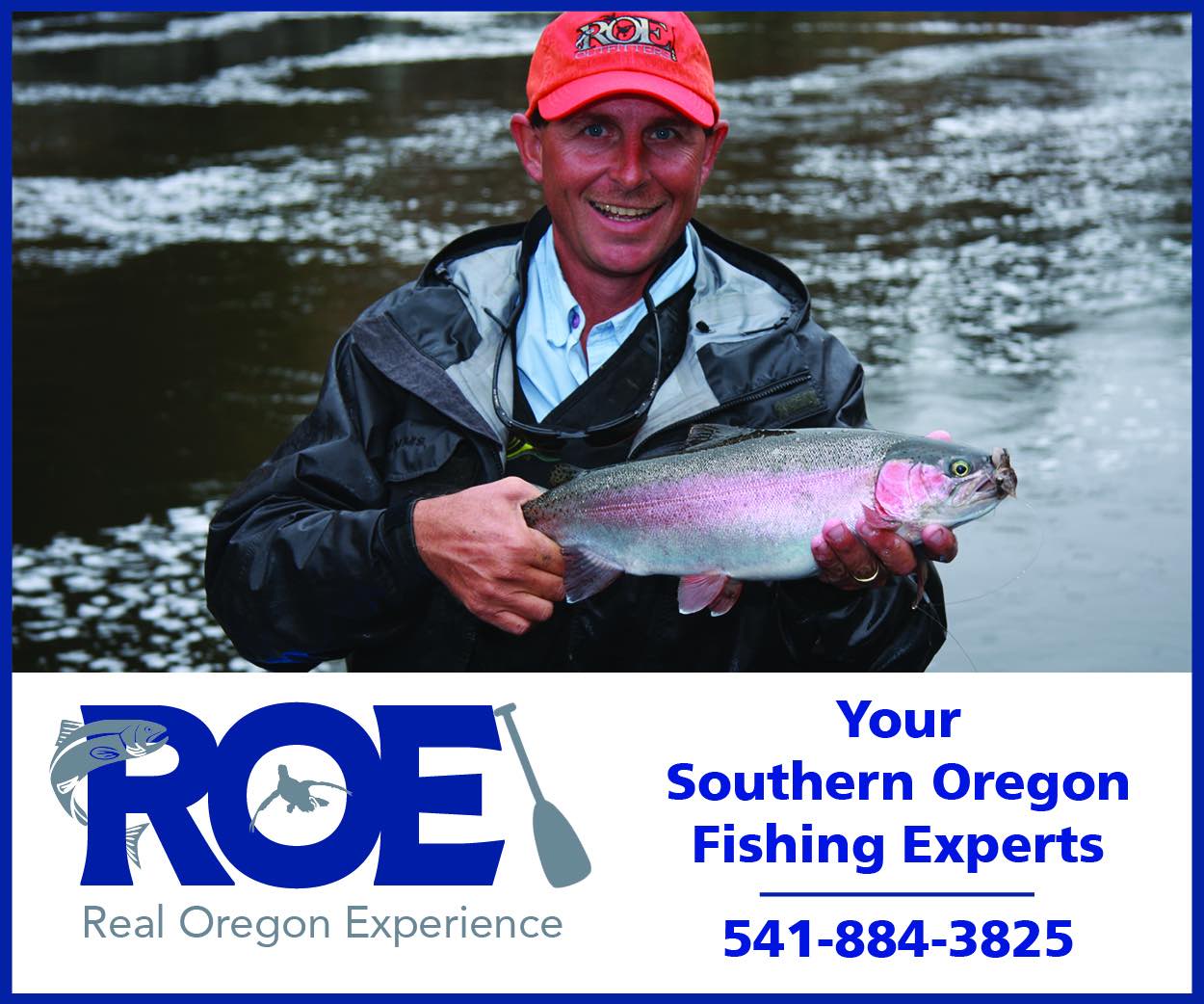“The Williamson is considered by many to be the best trophy rainbow stream in the Western United States,” says flyfisherman Michael Fong. Though it is heavily pressured and can be a tough fishery mid-summer, the Williamson lives up to its reputation as a destination trout fishery. There are three basic sections of the river: Upper, Middle, and Lower Williamson.
Fish the Upper Williamson and its tributaries if you’re after a lot of small- or medium-sized fish. This stretch is especially conducive to fly fishing and casting small lures.
Fish the Middle Williamson during the spring, summer and fall if you’re after a challenge. This stretch receives the most pressure, but during key hatches, the fly fishing is great, and fishing with large lures that simulate native tui chub or blue chub is great any time.
Fish the Lower Williamson if you have a boat. Trolling lures or wet flies can work well here, as well as casting to the weed edges. Early and late in the season, this area can be especially productive, but access is limited.
Key access points include the Williamson River Campground, Collier State Park and downriver, near Chiloquin, OR. You can also launch from or camp at the ever-popular Water Wheel Campground.
The Williamson is limited to artificial flies and lures only, is catch-and-release only for wild native redband trout and is open May 22 through October 31, save the Upper Williamson, which opens a month earlier on April 22. You can retain invasive brook and brown trout, but outside the upper river and its tributaries, both of those species are relatively rare.





